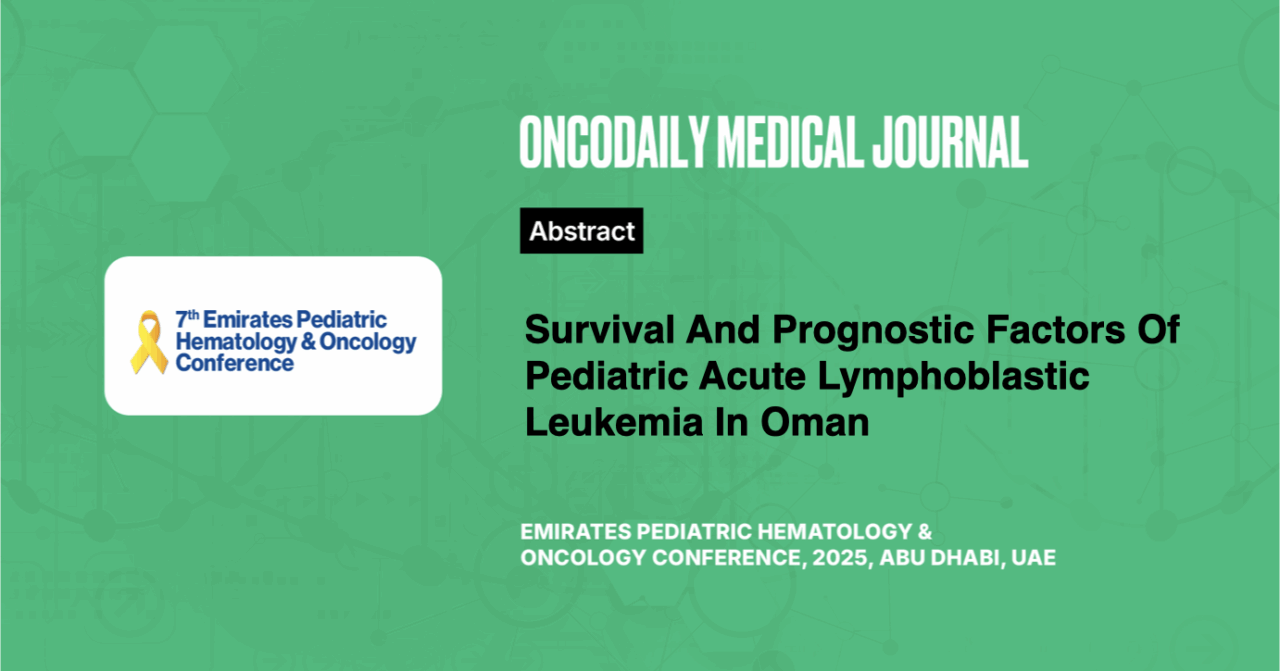Survival And Prognostic Factors Of Pediatric Acute Lymphoblastic Leukemia In Oman
Abstract
Introduction: Acute lymphoblastic leukemia (ALL) accounts for 25% to 30% of overall childhood cancer and it contribute to 43% of deaths among pediatric patients with leukemia. The survival of childhood ALL patients has improved over the last decades according to the international data. This study aims to assess the outcome of pediatric ALL in Sultan Qaboos University Hospital (SQUH) in Oman and it is the first to describe the incidence of ALL in Oman.
Methodology: This is a retrospective longitudinal cohort study which included all pediatric ALL patients at SQUH from 2006 to 2020. Data were collected from electronic patient record, it included patient’s demographic data, clinical symptoms, biochemical markers, treatment dates and protocol, bone marrow morphology and remission check by flow cytometry. As well as blasts cytogenetics and the use of herbal medicine. The patient outcomes including remission and relapse or death were recorded.
Results: Out of 119 patients with ALL, 90% were below the age of 10 years and 57% were males. Ninety-four percent had WBC at presentation of less than (50 × 109/L). The molecular cytogenetics were variable among our patients. Pallor and fever were the most common presenting symptom. Tumor lysis syndrome was diagnosed in 35% of the patients and CNS involvement in fifteen patients. Measurable residual disease (MRD) was negative in 89 patients. Relapse rate was 8.4% while death rate was 9%. The overall survival over the study period was 92.5% while the event free survival was 91.6%.
Conclusion: ALL is the most common type of leukemia. The reported survival rates in this study matches with the international reports.





